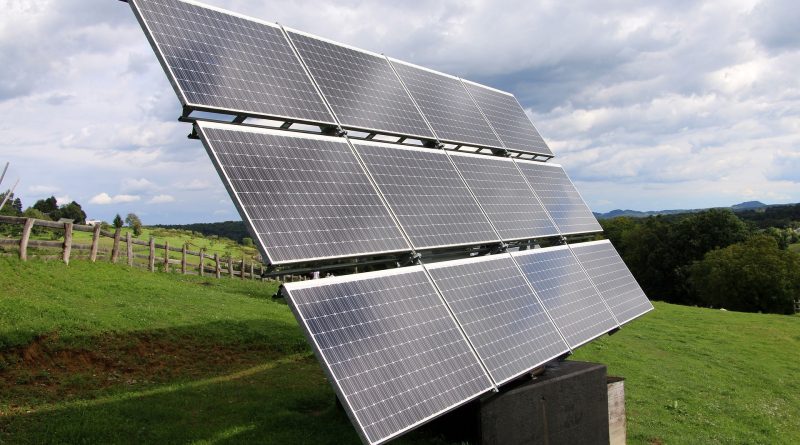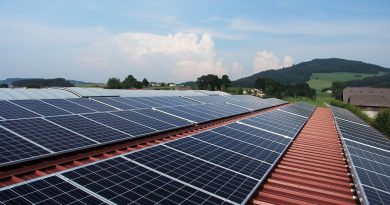Solar Panel Price: Understanding the Decreasing Trend
Solar Panel Price: the Gradual Decrease
In recent years, solar energy has become an increasingly popular and viable source of renewable power. This surge in solar panel installations can largely be attributed to decreasing costs associated with solar technology. The gradual decrease in solar panel prices has brought about a fascinating shift in the energy landscape, making solar power more accessible to homes, businesses, and even entire communities.
The Birth of Solar Technology
Solar panels, also known as photovoltaic (PV) modules, use sunlight to generate electricity. The concept of harnessing solar power dates back to the 19th century, but it was not until the 1950s that the first practical application of solar technology emerged. Initially, solar panels were prohibitively expensive, making it impractical for most people to invest in this form of clean energy.
Advancements in Manufacturing
As technology advanced and demand increased, solar panel production underwent remarkable improvements. One major factor driving down solar panel prices is the economies of scale achieved through mass production. As more manufacturers entered the market and competition intensified, the costs of producing solar panels decreased significantly. This trend is still ongoing, allowing solar energy to become more affordable for the average consumer.
Benefits of Technological Innovations
Technological advancements have played a crucial role in reducing solar panel prices. One key innovation is the development of more efficient solar cells. Traditional solar panels convert about 15-20% of sunlight into electricity. However, recent breakthroughs in cell design and materials have led to the creation of highly efficient solar cells that can generate electricity at efficiencies nearing 40%. This jump in efficiency means that fewer solar panels are needed to produce the same amount of electricity, ultimately reducing the overall installation cost. Moreover, these modern solar cells are more durable and have longer lifespans, increasing their value for money.
Moreover, improvements in manufacturing techniques and supply chain logistics have contributed to the decline in solar panel prices. Automated production processes, for instance, have reduced labor costs and increased production efficiency, leading to significant savings for manufacturers that can be passed on to consumers. Similarly, advancements in supply chain management have streamlined the transportation of solar panels, reducing overhead costs.
Government Incentives and Policies
Government support and favorable policies are vital in encouraging widespread adoption of solar energy. Many governments around the world have implemented incentives such as tax credits, grants, and subsidies to promote the use of renewable energy sources. These measures have successfully stimulated demand for solar panels and have had the secondary effect of driving down prices. In addition, increased government investments in research and development have further propelled technological advancements in the solar industry.
Research and Development
Continuous research and development initiatives have led to substantial improvements in solar panel efficiency and durability. These efforts have focused on various aspects, including novel materials, enhanced manufacturing techniques, and innovative designs. Such advancements not only provide better performance but also result in cost reductions, thereby making solar panels more economically attractive.
Global Market Factors
The global market plays a significant role in determining solar panel prices. The cost of materials and components used in solar panel production can fluctuate due to various factors, such as changes in demand and supply, geopolitical events, and trade tariffs. For example, the cost of polysilicon, a key material in solar cell production, has experienced volatility in the past due to fluctuations in supply and international trade disputes. Nonetheless, increased competition among solar manufacturers, combined with technological advancements, has allowed solar panel prices to remain on a downward trajectory despite these market fluctuations.
The Road Ahead
As the cost of solar panels continues to decrease, adoption rates are expected to soar. With technology advancing at a rapid pace and governments continuing to incentivize clean energy, it is projected that solar energy will become more dominant in the global energy landscape. The gradual decline in solar panel prices has already made it an attractive option for homeowners and businesses who want to reduce their carbon footprint while also saving on electricity bills.
Conclusion
Unlock the understanding of the decreasing trend in solar panel prices with SolarClue® as your guide. Explore the factors contributing to this trend and stay updated on the latest developments in 2024. Gain insights into historical and current price trends, allowing you to make informed decisions about your solar installations. Let SolarClue® guide you on leveraging the decreasing trend to maximize cost-effectiveness and receive the best value for your investment. Understand the role of technological advancements and innovations, as well as the impact of increased solar adoption and global market dynamics. Address concerns about the balance between cost and performance, and educate yourself on potential cost savings and ROI. Discover the role of government incentives and policies, and let SolarClue® assist you in navigating the market to find reputable suppliers offering high-quality solar panels at competitive prices. Join our community for shared experiences and collaborative learning in your solar journey.
Frequently Asked Questions
SolarClue® keeps users informed about the decreasing trend in solar panel prices by detailing the factors contributing to this trend and providing updates on the latest developments in 2024.
SolarClue® provides insights into the historical and current trends in solar panel prices, enabling users to understand the trajectory and make informed decisions about their solar installations in 2024.
SolarClue® guides users on leveraging the decreasing trend in solar panel prices to maximize the cost-effectiveness of their installations, ensuring they receive the best value for their investment in 2024.
SolarClue® assists users in understanding the role of technological advancements and innovations in driving the decreasing trend in solar panel prices, allowing them to stay updated on the latest technologies in 2024.
SolarClue® provides information on the impact of increased solar adoption, economies of scale, and global market dynamics in contributing to the decreasing trend in solar panel prices in 2024.
SolarClue® addresses concerns about the quality and reliability of affordable solar panels, ensuring users are well-informed about the balance between cost and performance in 2024.
SolarClue® educates users on potential cost savings and return on investment (ROI) associated with the decreasing trend in solar panel prices, emphasizing the economic benefits of investing in solar energy in 2024.
SolarClue® provides information on the role of government incentives and policies in supporting the decreasing trend in solar panel prices, guiding users on available programs and benefits in 2024.
SolarClue® assists users in navigating the market to find reputable suppliers and installers offering high-quality solar panels at competitive prices during the decreasing trend in 2024.
SolarClue® fosters a community where users share their experiences with the decreasing trend in solar panel prices, creating a platform for collaborative learning and support in 2024.




